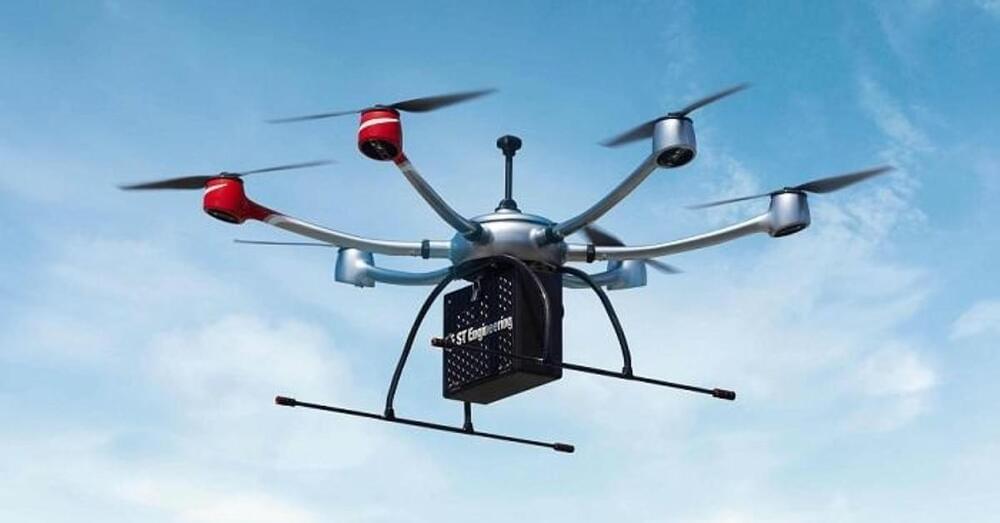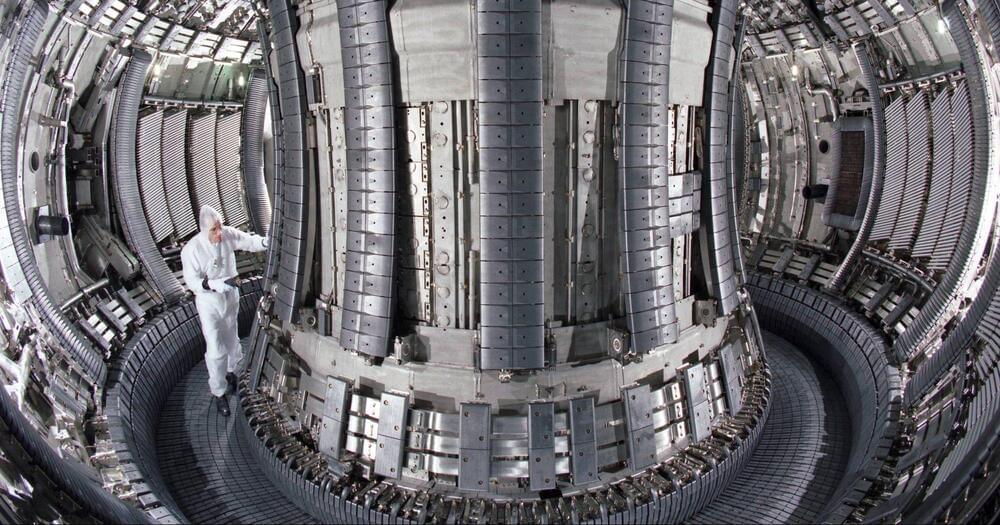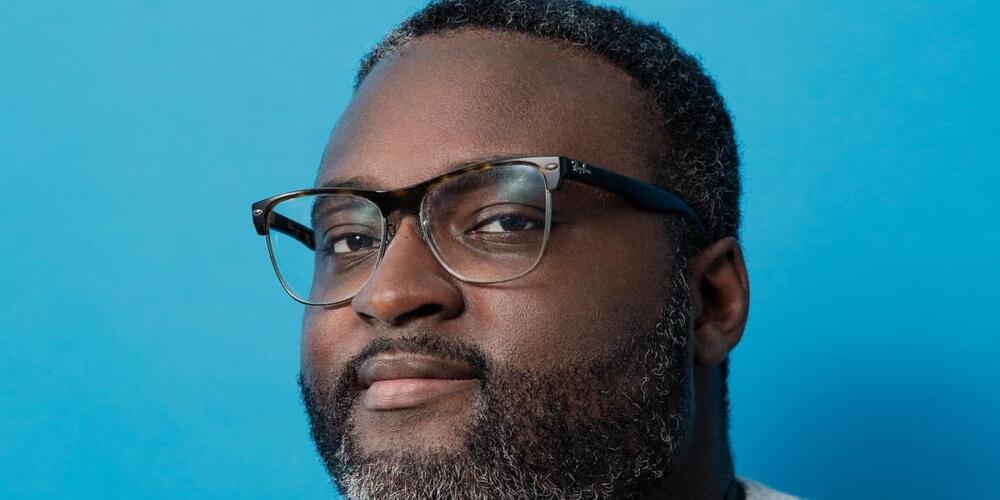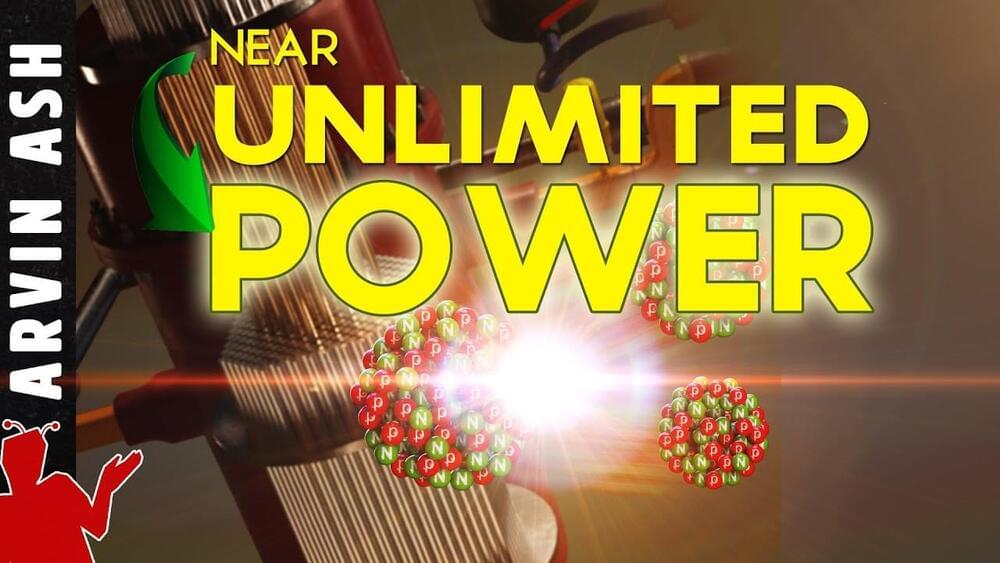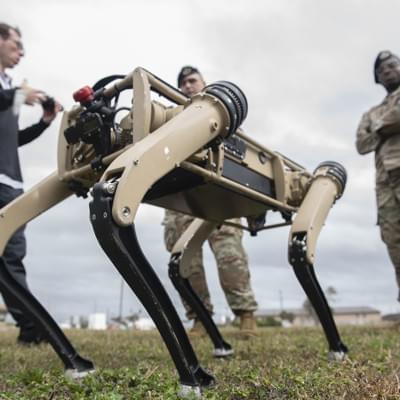Classic pickup trucks have been wiped out by Tesla, according to Dave Lee. The Cybertruck design is so much superior to any other pickup truck design that it is almost unavoidable that the traditional pickup truck will die a slow death. Let us take a closer look at what he has to say about it.
Since Tesla’s Cybertruck is their most innovative vehicle design yet, any other firm will have a tough time emulating its design. In a recent interview, Tesla’s principal designer discussed the Cybertruck: “It is a return to the fundamentals. Is a pickup vehicle what you are looking for? Do you have any ideas? What would you look for if you arrived from Mars?”
A strong vehicle that is hard to damage or break would benefit from a thick layer of armor plate on the exterior that is immune to gunshots and can be driven into trees without fear of scratching. 
Because you do not have to paint stainless steel, you utilize it. Scratches will not stick to stainless steel. Saving money and time by not having to paint is a huge benefit.


